Is your house making you sick? Do you have unexplained health issues? If your house has ever had any water leaks, flooding, burst pipes, musty smells, or if you just think you may have mold in your home, you need to look into it right away. It is very important that you thoroughly inspect your home, find hidden mold, and get any issues fixed as soon as possible.
Mold can cause serious health issues in people. It is not something that you want to ignore or put off looking for.
Even though it is costly to remediate, the impact on your health could be exponentially more expensive.
Mold is hard to find. Most of the time it is hidden behind walls or deep inside air ducts. Follow the tips in this article to learn how to inspect for mold in your home and learn where mold likes to hide.
Table of Contents
My Experience With Mold
Missing the Warning Signs
When we moved into our first house, we were told by the inspector that there was a leaking pipe between the bathroom and kitchen wall. We were also told that there was moisture in the air ducts. I didn’t think anything of it because they said they fixed the issues. We were even told that we had “dead mold” behind our kitchen sink. But they told us not to worry about it and that we could just clean the area with bleach.
Mysterious Health Issues
I wish I would have known then what I know now about mold. In the first 3 years that we lived at that house, I started getting progressively sicker and sicker. I developed autoimmune diseases, food sensitivities, difficulty breathing, chronic fatigue, muscle weakness, joint and muscle pain, acne, and many other problems that none of my doctors could explain. Click here to learn more about my experience with Mold Illness (CIRS).
I thought that my only problem was that I had an autoimmune disease. But even after treating the autoimmune disease, the symptoms all persisted, and I continued to get even sicker.
After a while, I started looking into what the root cause of my sickness could be. I asked my doctor for several different blood tests, but all of them came back normal.
It wasn’t until my daughter started developing the same odd health issues, including being diagnosed with an autoimmune disease called Hashimotos Thyroiditis at the age of 2, that I started thinking mold could be the cause of our problems. But other than the “dead mold” under our kitchen sink, we couldn’t see any other signs of mold anywhere in our house.
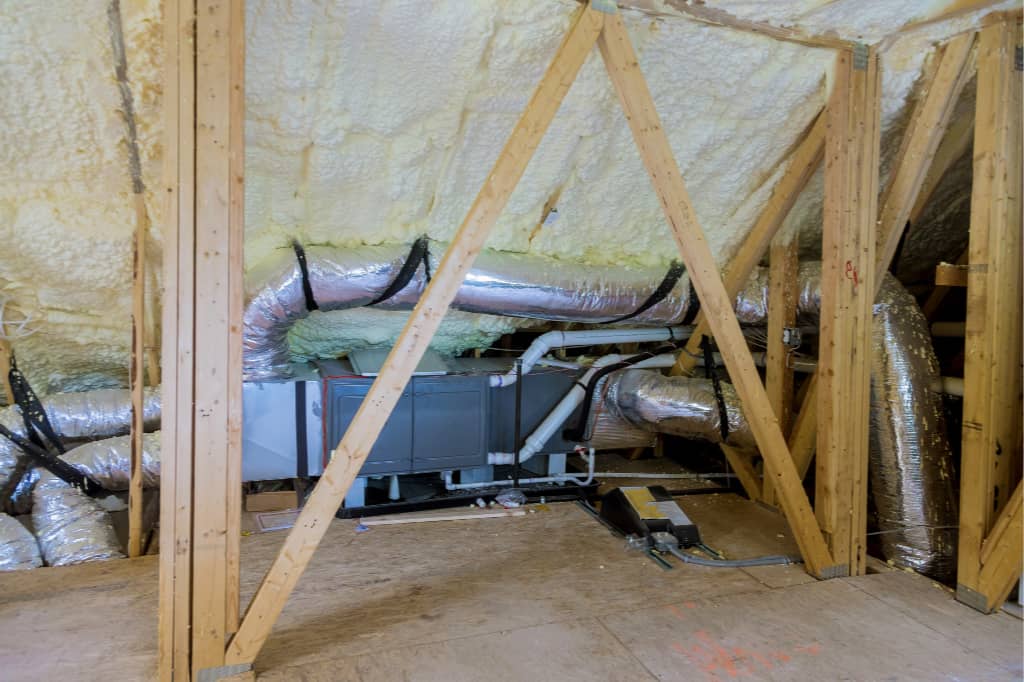
Locating the Hidden Sources of Mold
In the end, we found mold behind walls, in our attic, behind our shower, and in our air ducts. I learned that the “dead mold” under our kitchen sink had also spread behind our cabinets and under the floor and that it was a dangerous mycotoxin producing mold.
The crazy thing is, if we would have only done a visual inspection of our home, we would have only found 1 out of 5 areas where we had mold.
Where to Find Hidden Mold
1. Concentrate on checking locations of your house that have moisture.
Mold needs moisture in order to grow. You should check anywhere that you have plumbing including under sinks, behind your washer and refrigerator, and the walls surrounding toilets and showers. It is important to also look at the walls of rooms that adjoin your shower walls.
You should look at the weather side of the house. When it rains, what side of the house does the rain usually hit? Concentrate on checking the doors, windows, and walls on that side of your house. Look around the door and window frames of all other areas of your house as well.
If you have a basement or crawl space, you will want to inspect these areas as well.
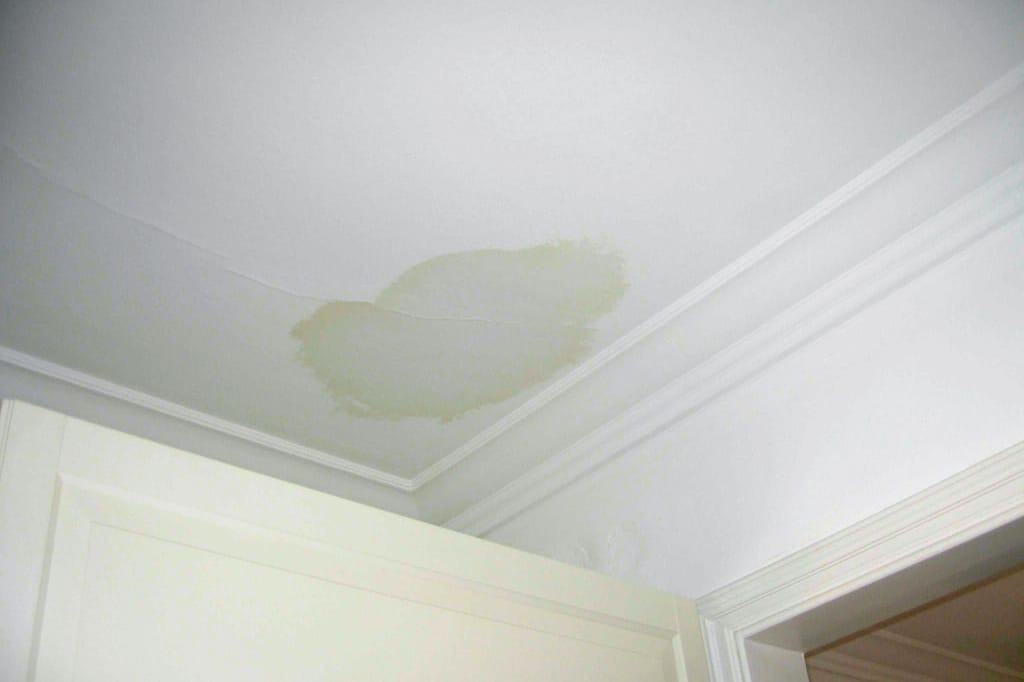
2. Think about any water damage that you have had in your house either recently or in the past.
Has your basement or house ever flooded? Have you ever had pipes burst? Have you ever noticed any of your pipes leaking or been told by the water company that your bill is high because you likely have a leaking pipe somewhere in your house? Look for brown water stains on the ceiling or walls. In all these situations, if the water wasn’t cleaned up the right way, there could be a mold problem.
3. Is your home humid?
High humidity levels can lead to mold growth. If you have high humidity areas in your home, take a flashlight and look at the bottom of horizontal surfaces. If you see what looks like dust, it is not dust, it is a colony of mold. Dust doesn’t stick to the bottom of a horizontal surface. If certain rooms in your house smell musty, that is also a sign that you should get a mold inspector to look for mold.
Also, make sure that your bathroom fan is strong enough to remove the moisture from the air when you take a shower. If you usually see lots of condensation on your mirrors and walls after you shower, you need to get a stronger fan. Mold thrives in these moist conditions.
It is also important to check the area where your bathroom and kitchen exhaust fans vent. Some exhaust fans vent directly in the attic, leading to issues with mold.
4. When is the last time you cleaned your dryer vent?
Dryer exhaust vents should be cleaned once a year. When dryer exhaust vents get clogged with lint, condensation can pool in the dryer vent. This warm wet air, mixed with lint, creates the perfect conditions for mold to grow.
5. If your house has central cooling or heating, make sure to check the air ducts for mold.
Moisture tends to collect in air ducts and in the air conditioning and heating system because of the fluctuation between hot and cold. If you don’t regularly clean your air ducts they will have a layer of dust in them which is a perfect food for mold to grow.
If your air ducts are in a slab, there could be moisture intrusion from the area around the ducts. Attic air ducts also can have issues with mold if they are not well insulated. If they aren’t insulated well, the difference between the hot attic in the summer and the cold air blowing through the vents makes it a prime location for condensation. which can lead to mold growth.
Check your air conditioning unit as well. The evaporator coil and drain pan are prime locations for mold growth.

6. There are many other places to look for mold.
Make sure your chimney is cleaned and inspected regularly because spaces between the bricks collect water and dirt which can lead to mold issues. Also, check your refrigerator drip pans and coils. These areas tend to have a lot of moisture from condensation. Humidifiers, house plants, and firewood are also sources of mold.
The gasket around front loading washing machines can also collect mold. The soap tray area can become moldy too. Make sure you keep the door of your washer open when it is not in use to help prevent mold growth. Make it a habit to dry the gasket on front load washing machines.
7. If you still can’t find mold, it doesn’t mean it isn’t there.
Some of the most toxic moldy houses have no visible mold because the mold is growing behind the walls or in the attic. The space between your exterior and interior walls are sealed off and can trap moisture making it easy for mold to spread without you knowing it.
Also, don’t assume that you are in the clear because your house is new. Newer houses are tightly sealed and are equally prone to having issues with mold.
How to Inspect For Mold
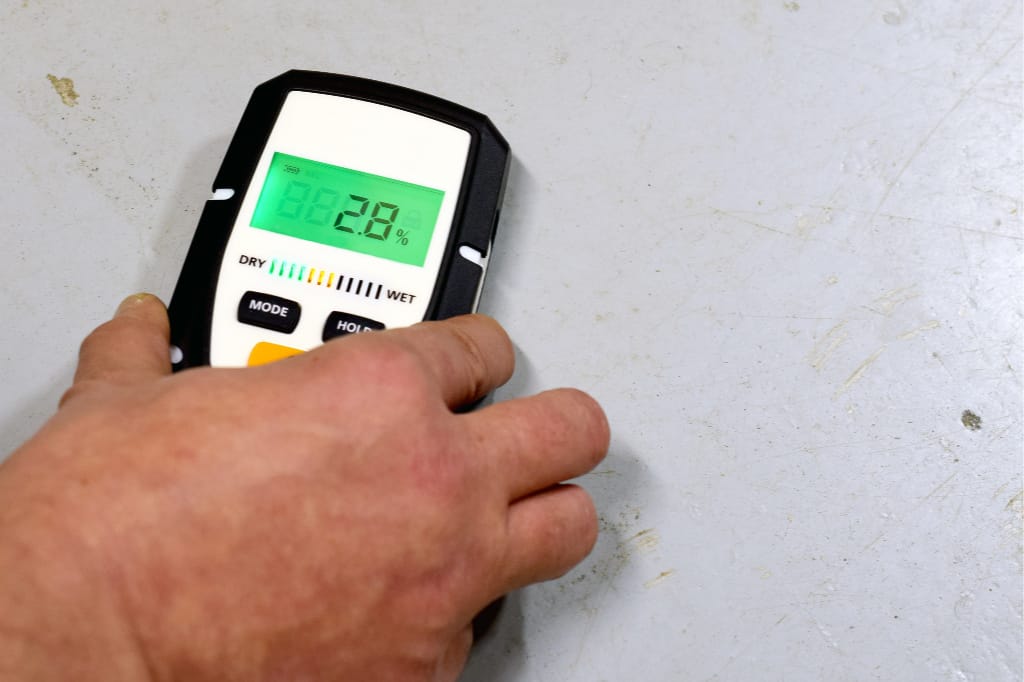
1. If you are suspecting that you may have a mold issue in your house, you can ask a mold specialist to inspect your home.
Make sure your mold inspector does not just do a visual inspection. Mold can be hiding behind walls and in ductwork too. They should have special tools that help them find hidden mold. Mold specialists can use a camera borescope to look behind walls. They can also use a tool called a psychrometer, which is an ambient air reader that will tell you if moisture levels are high in certain rooms.
Mold inspectors can also use tools like a moisture meter to measure moisture in the building materials of your house such as the concrete slab, drywall, and wood. Thermal imaging cameras and infrared cameras can be used to scan walls for hidden moisture. These cameras recognize cooler areas in walls where there may be moisture intrusion from an exterior wall.
Mold inspectors should have small cameras that can look behind walls and a camera that they can put into your air ducts to look for signs of mold and moisture.
2. Mold inspectors can do air sampling to give you an idea of what is going on in the air in your home.
Mold inspectors should test the areas in your home where you spend the most time. It is also important that they do aggressive air sampling. This means they should turn a fan on in the area for 1 minute and then perform the air sampling. Mold spores like to settle on flat surfaces, so you will get a more accurate result if you stir the air up in the room before testing.
Don’t fully rely on air sampling as it is not always accurate. Air sampling can be very misleading and can show normal air quality even with active mold growth in walls. Air sampling should just be one piece of the puzzle along with a full inspection (described above) and a dust sampling to test for mycotoxins.
3. You can use a mold testing kit to test your home.
I used the ERMI test to test our home. ERMI stands for Environmental Relative Moldiness Index. The ERMI test analyzes a dust sample from your home. At the laboratory, the sample is analyzed using a standardized DNA based method that will identify and quantify the molds in your house.
4. If you find mold, do not try to remove it yourself.
Hire a licensed professional. If you don’t do it right, you can spread mold spores all through your house causing a much larger issue.
Make sure the mold remediation company does the following in their mold removal protocol:
- Wears safety gear and face mask
- Isolates the affected area by sealing off the work area with plastic sheeting and using negative air pressure machines so that mold spores do not disperse throughout your home
- Immediately bags and disposes of waste material and double bags items to avoid cross-contamination from the first bag
- Uses HEPA air scrubbers and HEPA vacuums and takes precautions to not spread mold contamination from previous jobs.
- Fogs with 100% organic enzymatic based fogs and not toxic chemical fogs
- Will complete the remediation of the area in one day
- Is insured
- Does follow up testing
- Guarantees their work
Here are some questions you can ask before you chose a mold remediation company.
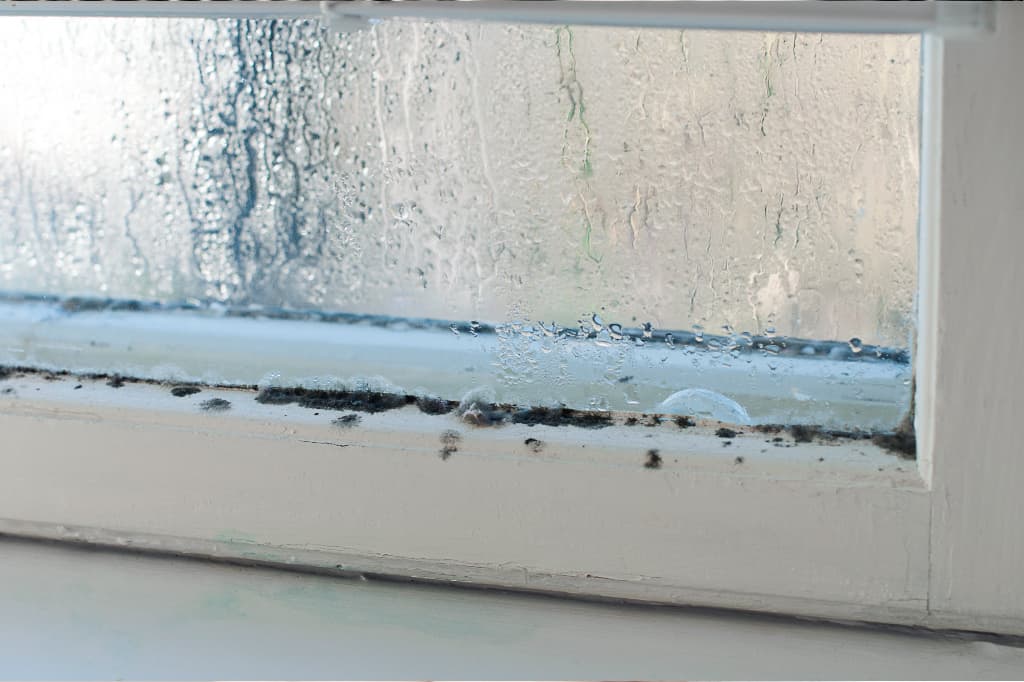
Mold Should Be Taken Seriously
It is very important to inspect your home for mold. I can tell you from experience that if mold is not found and professionally removed, it can cause devastating health issues and financial issues in the future.
Pin For Later:
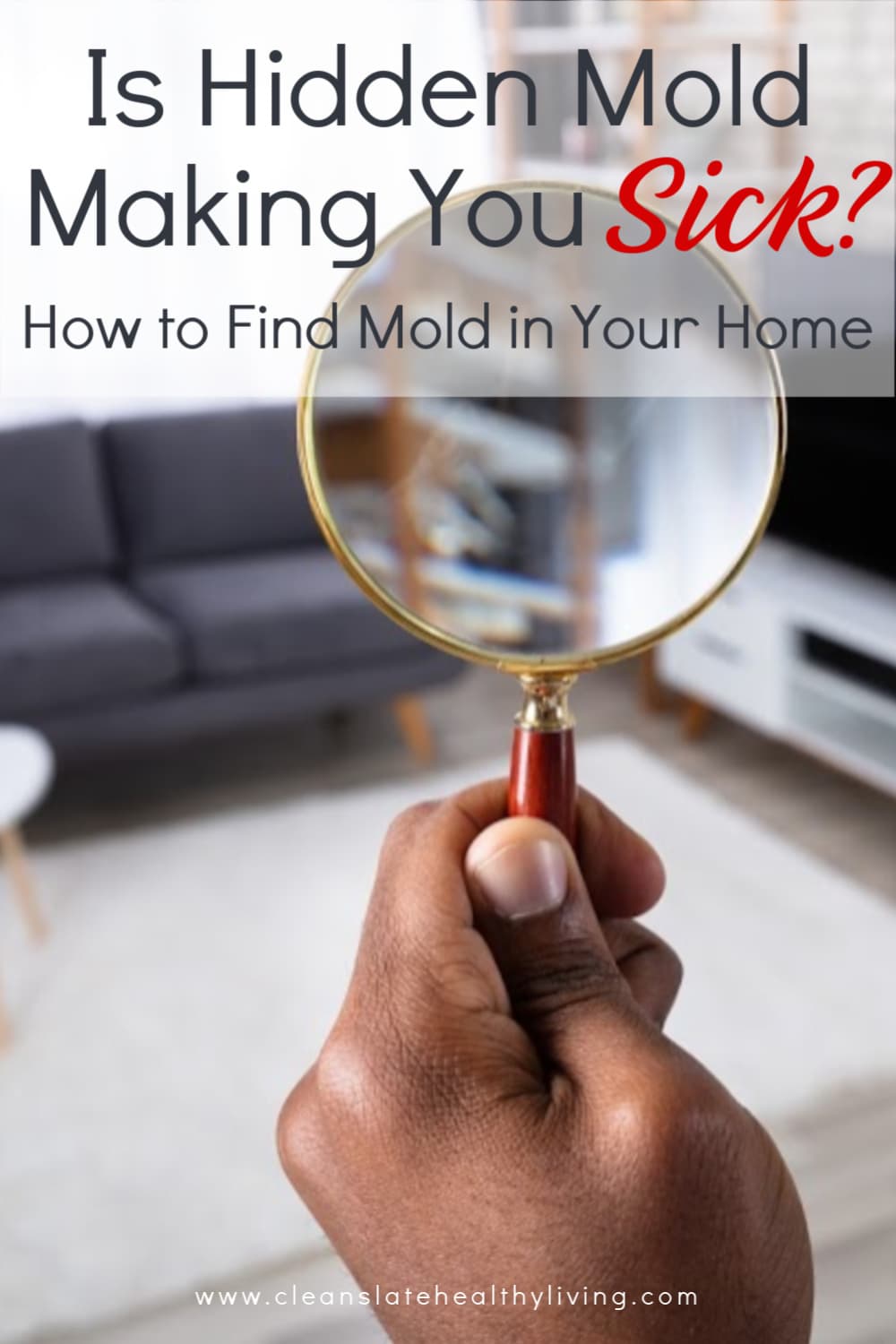

This is a wealth of information from the discovery to the removal. As someone who is familiar within the industry this blog has great pointers to advise of hot spots and common areas to determine if your property has abnormal mold growth.